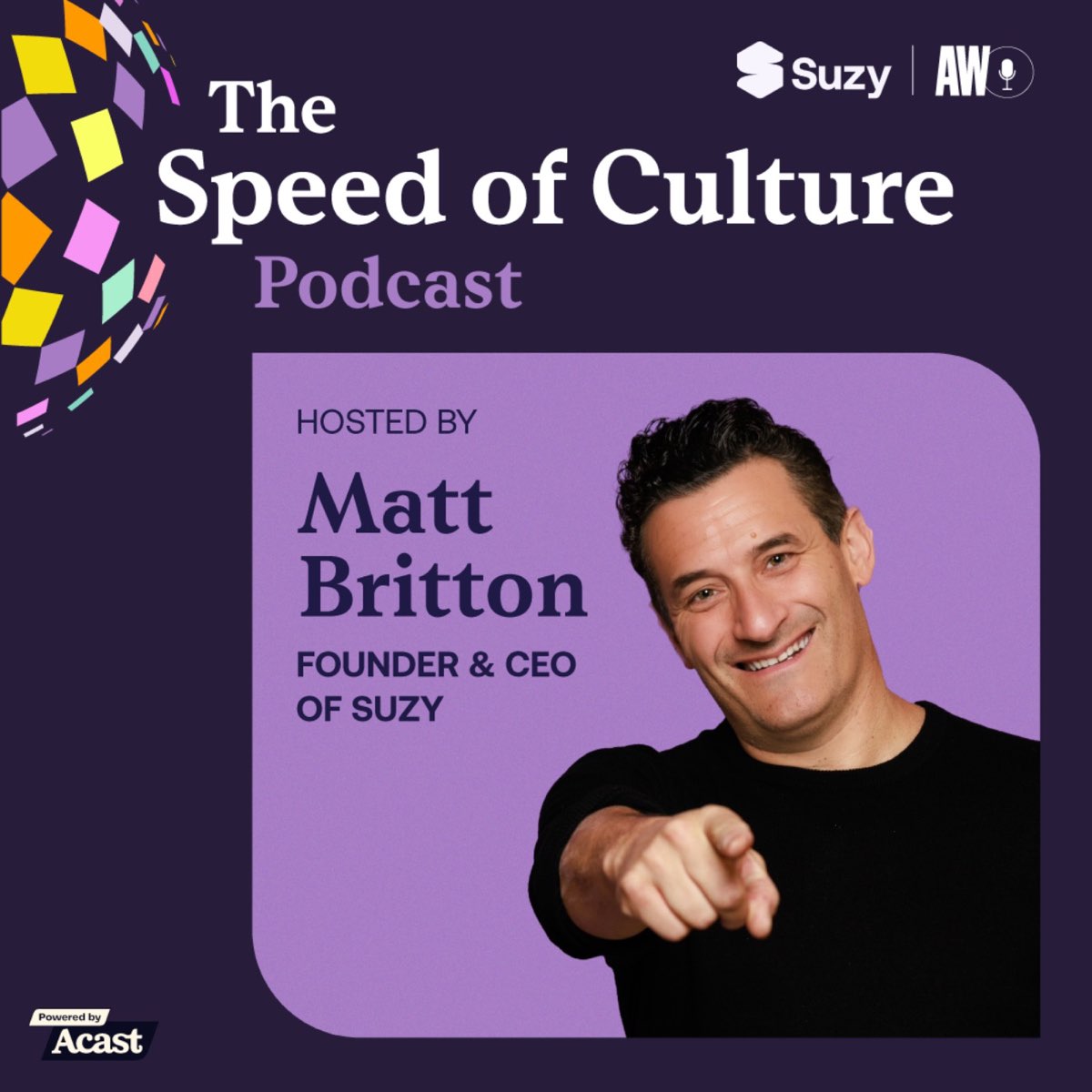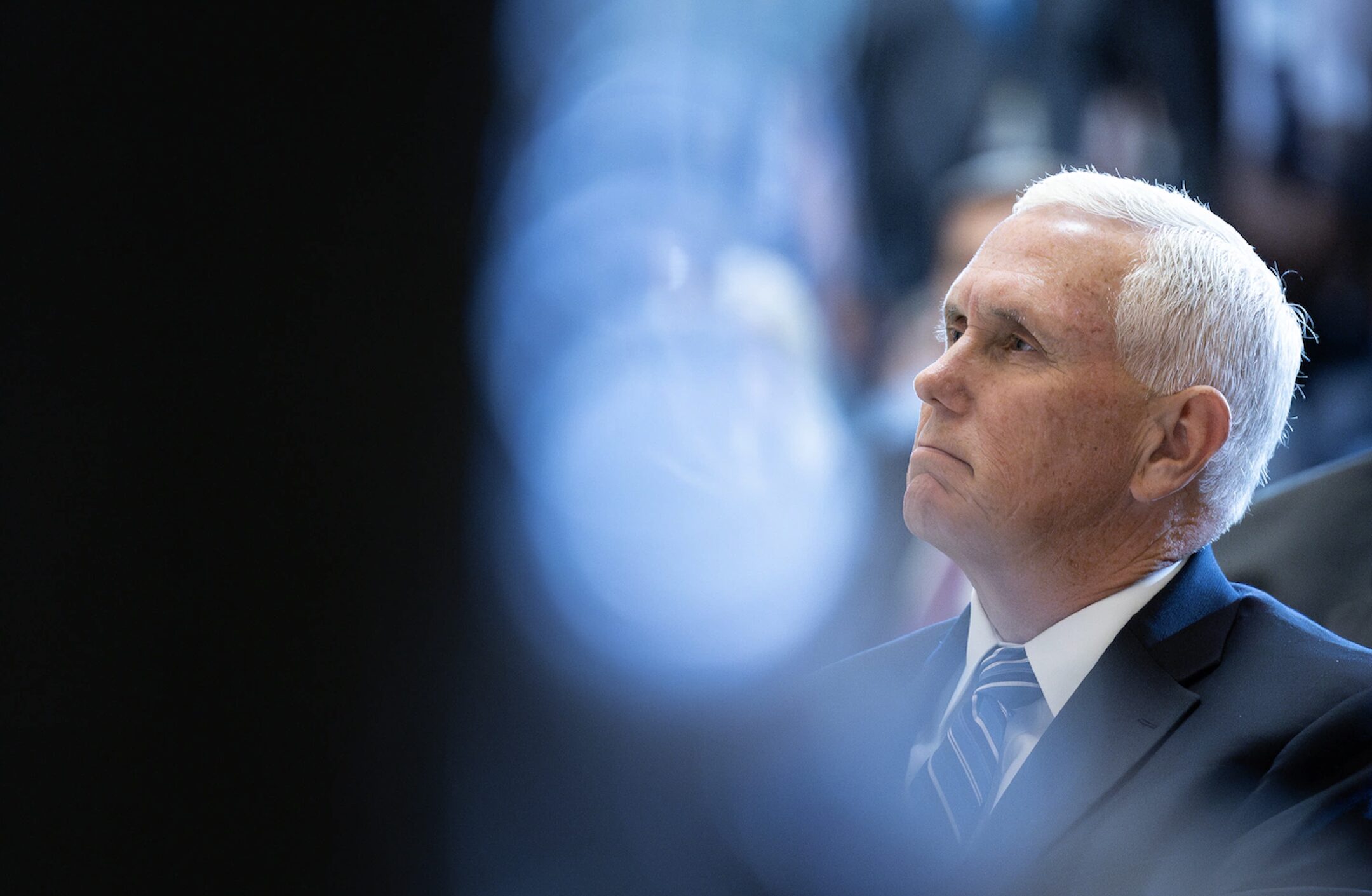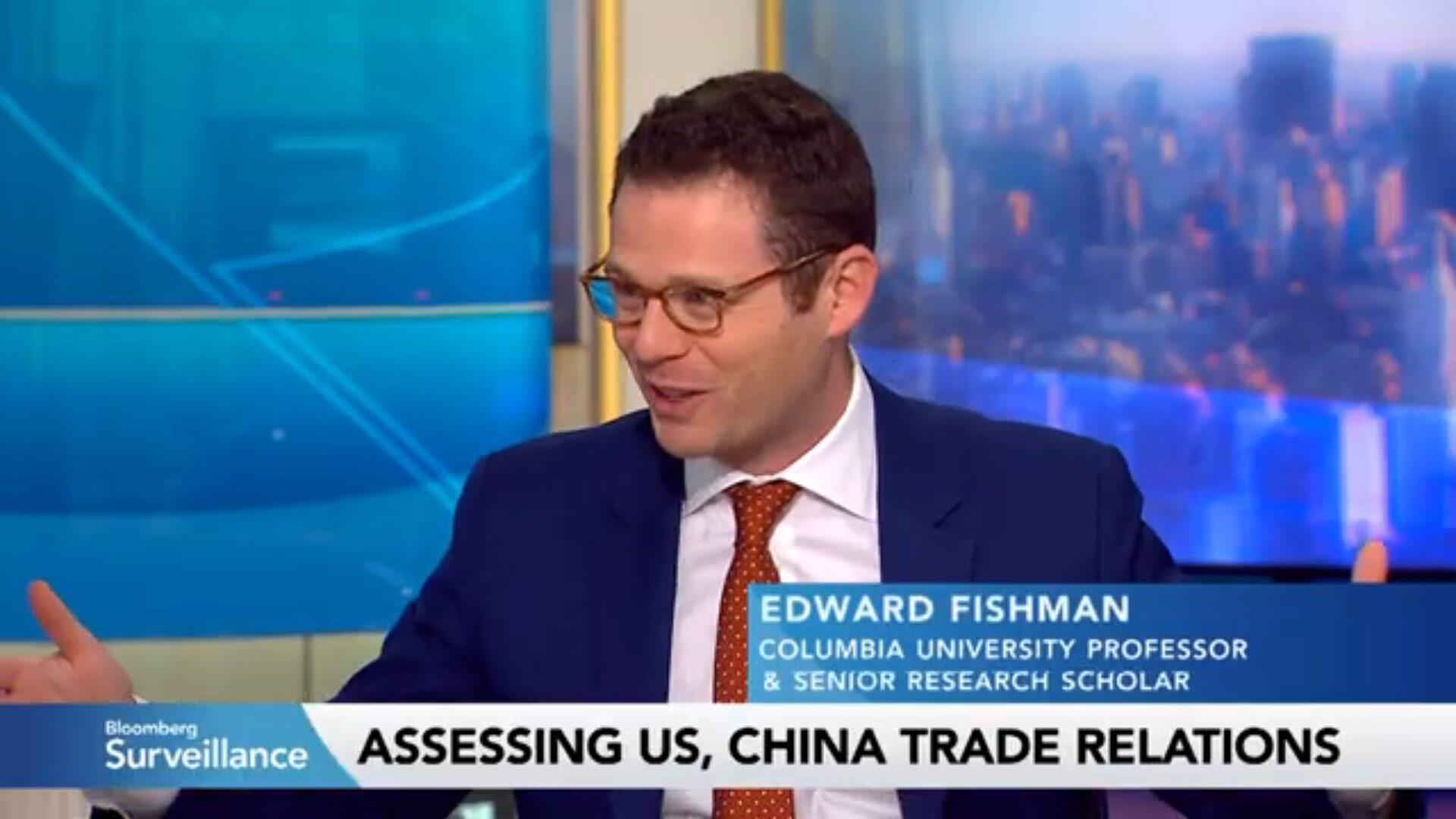
Segun Oduolowu and Matt Britton: The Future of AI
In this special edition episode of The Speed of Culture Podcast, host Segun Oduolowu sits down with Suzy Founder & CEO Matt Britton live from…
Thought Leader: Matt Britton, Segun Oduolowu
The governmental public health workforce is under existential duress. For the almost 300 000 workers at the local, state, and federal levels, the COVID-19 pandemic was an experience filled with not only purpose but also trauma.1 Changes to the workforce wrought by the pandemic, both in terms of its composition and its organization, will reverberate for years—if not generations.
The 2021 Public Health Workforce Interests and Needs Survey (PH WINS) provides vital data to understand the state of the public health workforce. The quantitative findings are explored through several articles in this supplement. Just as rich are the qualitative findings, such as this perspective from a frontline employee2:
The pandemic has taken a physical and mental toll on all of us working in Public Health. Besides the long hours, from the very start we were dealing with angry constituents—wanting testing or the vaccine when it was in short supply—who took out their frustrations on us all through phone calls or emails. This was frustrating, heartbreaking and unwarranted. It has given us what I have heard several colleagues describe as PTSD. I do not know what lasting effects this will have on us, but they will continue far into the future and have changed us all, significantly. We have foregone time with our families and so much leave time (which will be forfeited), and have lost sleep, health, significant weight (in my case) and a portion of our sanity to serve our community during this pandemic. And still it continues.
Given this experience, the survey’s findings on staff exiting public health departments are unsurprising.3 Nearly one-third of state and local public health employees (32%) said that they are considering leaving their organization or retiring in the next year. Among those who said they’re considering leaving, 39% said that the pandemic has made them more likely to leave. And 44% said that they are considering leaving or retiring within the next 5 years.
This exodus lends urgency to building the talent pipeline for public health. But the pandemic’s effects on the next generation of public health workers are more difficult to discern. There is reason for some hope: applicants to graduate-level degree programs in public health increased by 40% in 2021, compared with 2020.4 At the same time, 50% of all current governmental public health employees have been with their agency for less than 5 years.5 What will it take to recruit talented young people into public health and also to retain them across their careers?
How we answer these questions as a field has profound implications for the future of public health. Operationalizing the foundational categories of the essential public health services—assessment, assurance, and policy development relies on a competent, motivated, and trusted workforce.6 On a more human note, counterweights to the stress and trauma worsened by the pandemic are the mutual inspiration, the sense of fulfillment, and the creativity associated with talented and dedicated colleagues—and they are equally important in improving the health of communities.
Three sets of changes can help us realize this vision of building the future of public health around people.
First, we must reorient public health training around real-world problems and experiences. There is already a gap between schools of public health and governmental agencies: 1 survey found that only a quarter of employed graduates worked within governmental health departments.7 Reciprocally, only about 14% of all public health employees nationally have a public health degree, according to 2021 PH WINS data. Bridging this gap requires action on both sides. Schools of public health should make practical experience foundational to their degrees, as the CUNY School of Public Health did by establishing an Office of Experiential Learning and a Career Skills Academy. Meanwhile, public health departments can lower barriers to prospective employees by simplifying application processes and facilitating field placements and internships.8
Second, we must cultivate strong leaders in public health. Hundreds of public health officials left their jobs during the pandemic due to well-documented threats, abuse, political disputes, and exhaustion. The skills required of the next generation of leaders are fundamentally different from those of prior generations, with epidemiologic expertise and other technical qualifications necessary but not sufficient.9 Leadership teams must have the ability to act upon health inequities, operationalize large-scale programs, and communicate well publicly. In New York City, for instance, when I served as health commissioner, I appointed the inaugural chief equity officer for the department. The chief equity officer was also the principal deputy commissioner—the only other leader aside from the health commissioner with agency-wide accountability—representing the fact that equity must be infused across the entire portfolio of the health department.10 Strong leadership drives performance and also catalyzes recruitment and retention.
Third, we must transform public health itself, with a renewed commitment to service and action. Even as we call for massive and warranted investment in public health, we must look inward at what must change with respect to the culture of the field. In one survey, trainees named a lack of innovation as the most significant deterrent to pursuing a career in governmental public health; focus groups underscored this finding, with many pointing to an overly bureaucratic work environment.6,7 As we continue to emerge from the COVID-19 pandemic, we must seize the opportunity to reimagine public health around operational excellence, equitable access to resources, and more seamless and robust data and technology systems. Each interaction with a member of the public, whether for a vital records request or a tuberculosis clinic visit, should be weighed as an opportunity to gain or lose public trust. Communication about public health successes must help make what has traditionally been invisible to the layperson—and political leaders—more visible. For instance, public health communication must paint portraits of key counterfactuals, such as the death and the suffering which would have been experienced were it not for COVID-19 vaccination. It must also embrace more sophisticated economic evaluations, such as cost-effectiveness and return-on-investment analyses, to demonstrate the remarkable value of public health.
Ultimately, building the future of public health around people must mean getting more proximate to the people whom we serve. That requires ensuring that public health practitioners, and particularly our leaders, are drawn from the places they are charged with protecting and reflect the communities that they serve. Our agencies must develop stronger links at the neighborhood level, whether through community health workers, partnerships with existing neighborhood leaders and organizations, or direct service delivery. And all of us have the responsibility—far more important than burnishing the credentials of ourselves or colleagues—to nourish the convictions of those who choose careers in public health. It is our convictions that matter most for sound public health, whether for the COVID-19 pandemic, the next pandemic, or all of the slower-moving disasters in between.
Segun Oduolowu and Matt Britton: The Future of AI
In this special edition episode of The Speed of Culture Podcast, host Segun Oduolowu sits down with Suzy Founder & CEO Matt Britton live from…
Thought Leader: Matt Britton, Segun Oduolowu
Mike Pence: What It Means to Be a Conservative
With a forthcoming book, the former vice president reflects on what it means to be a conservative. This Halloween, Mike Pence went trick-or-treating for the…
Thought Leader: Mike Pence
Edward Fishman on Bloomberg: Global Energy Policy
Edward Fishman joins Bloomberg on October 30, 2025. Edward Fishman is one of the world’s foremost experts on economic statecraft, with deep experience shaping U.S.…
Thought Leader: Edward Fishman

